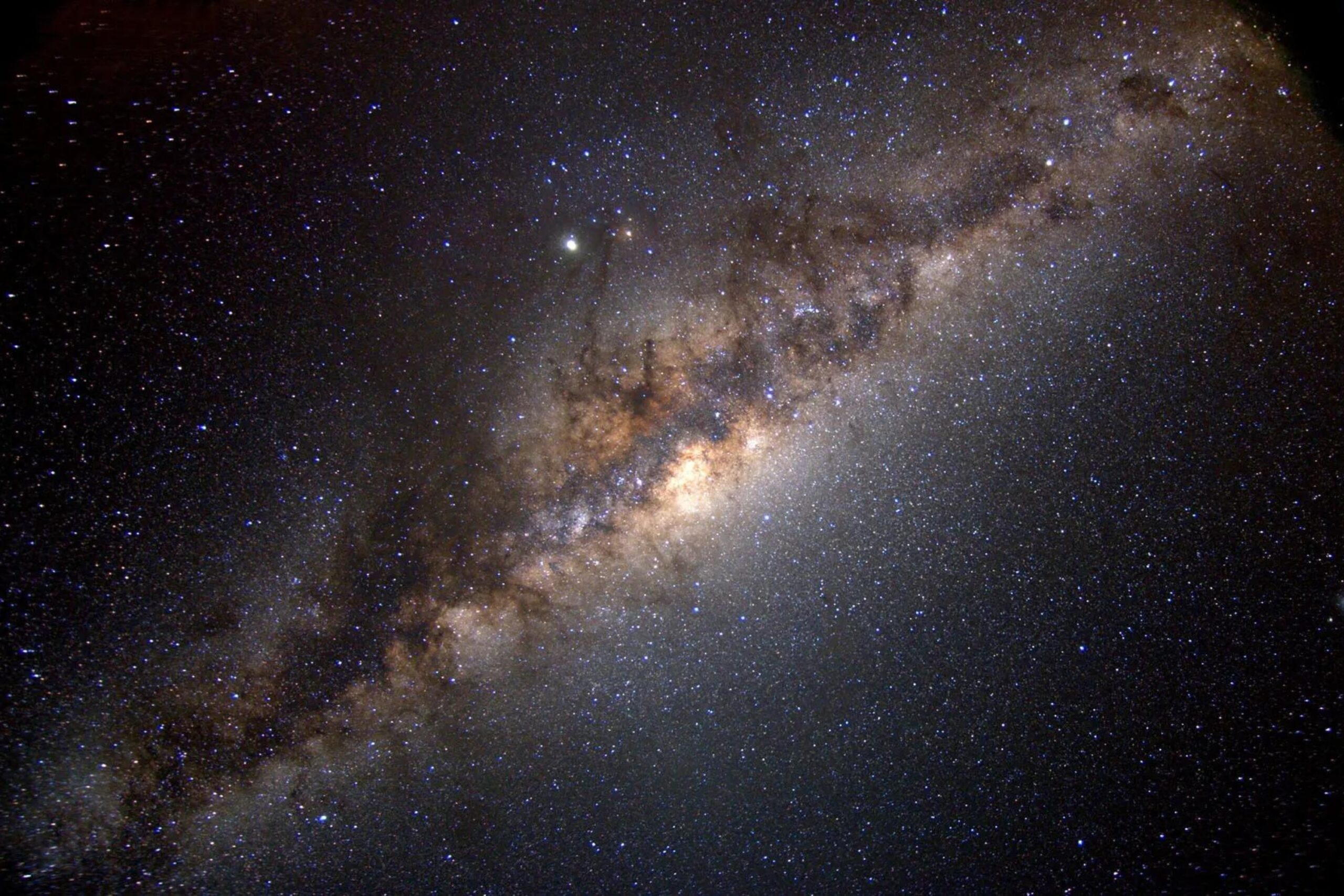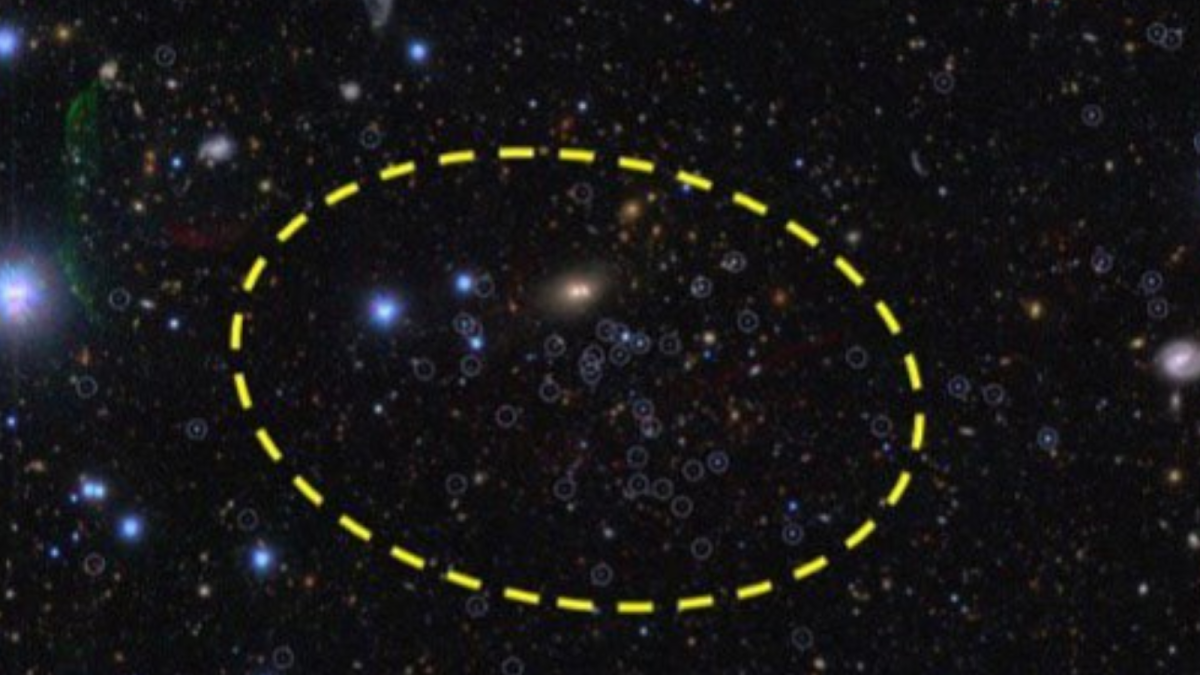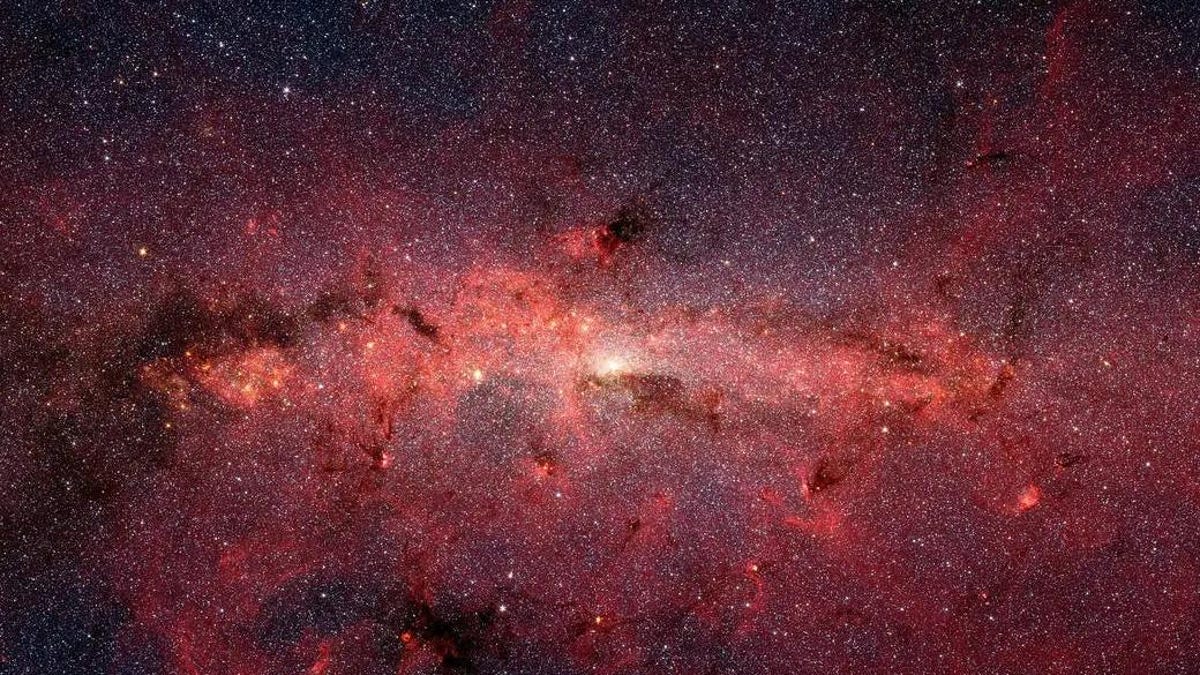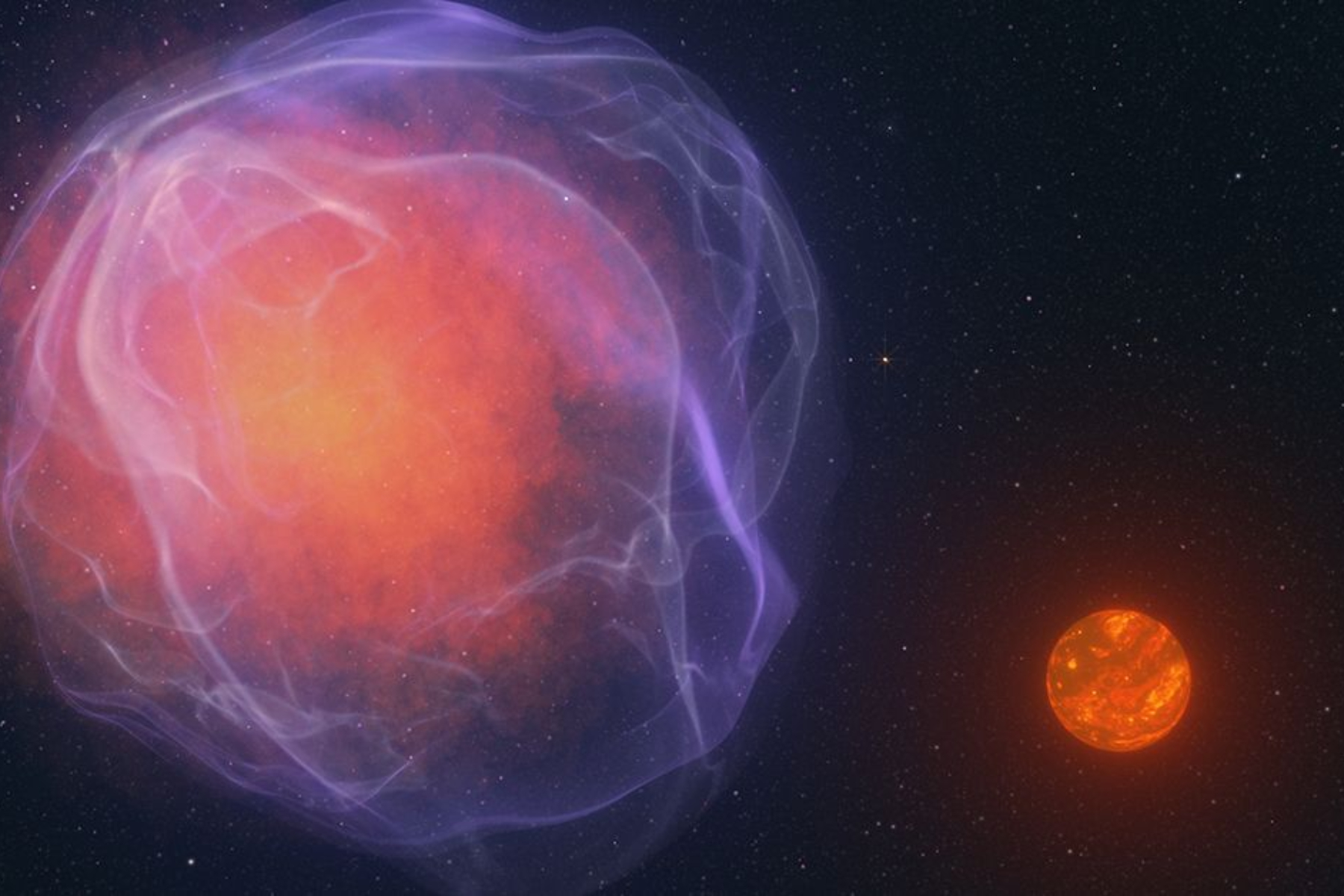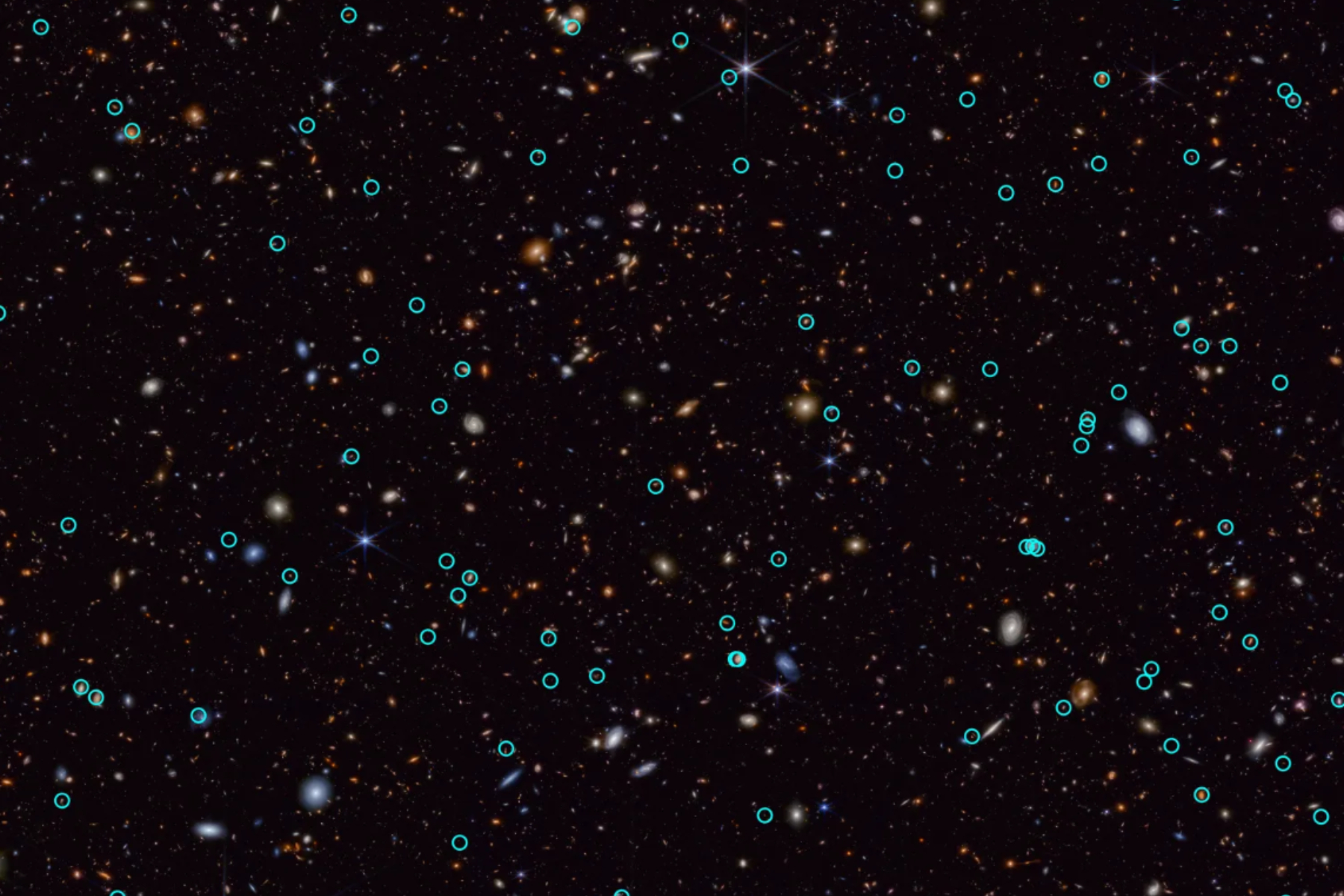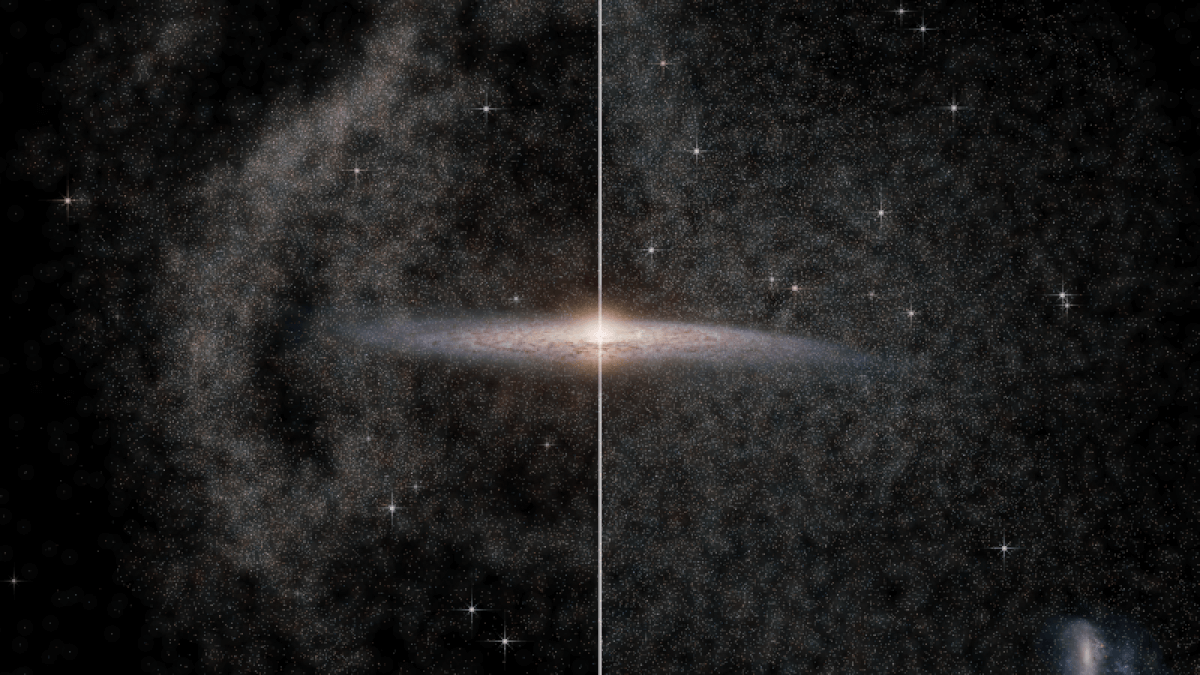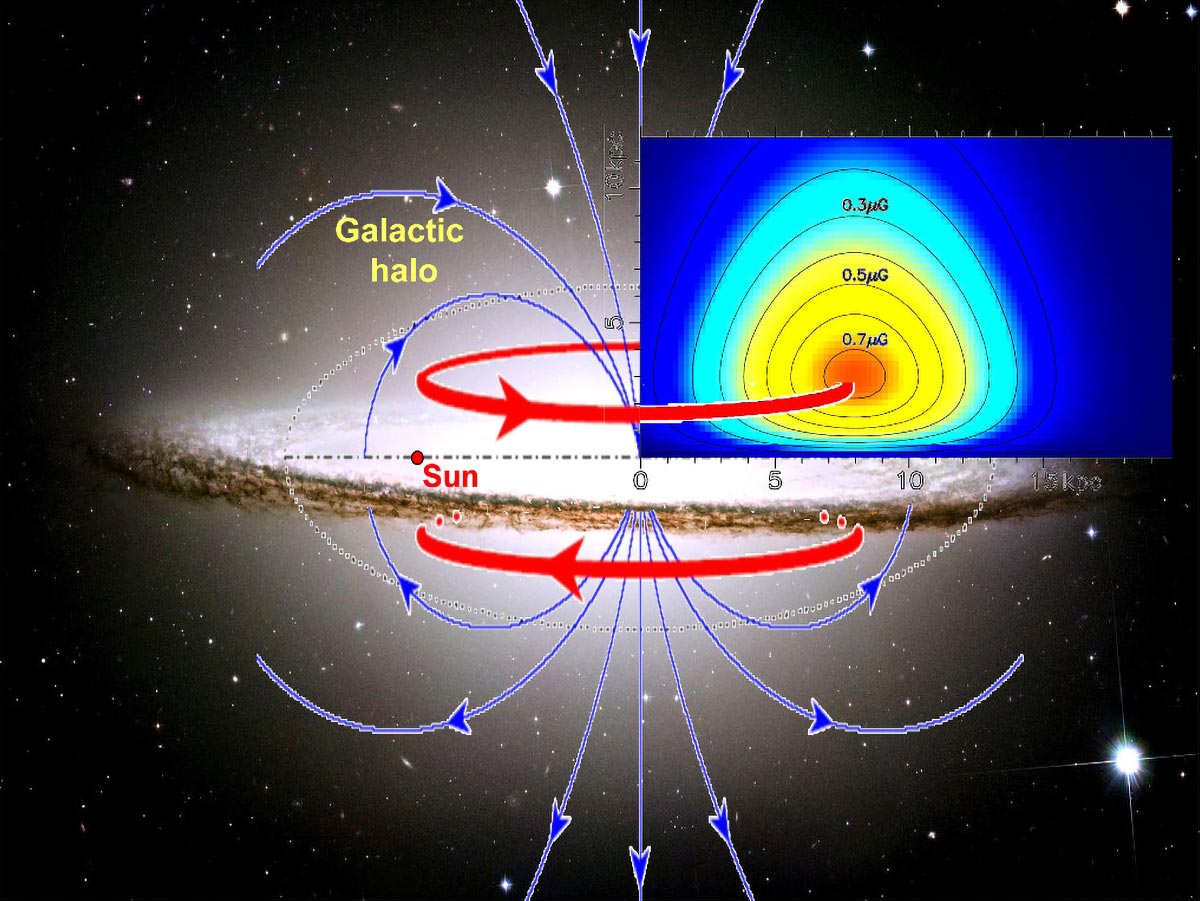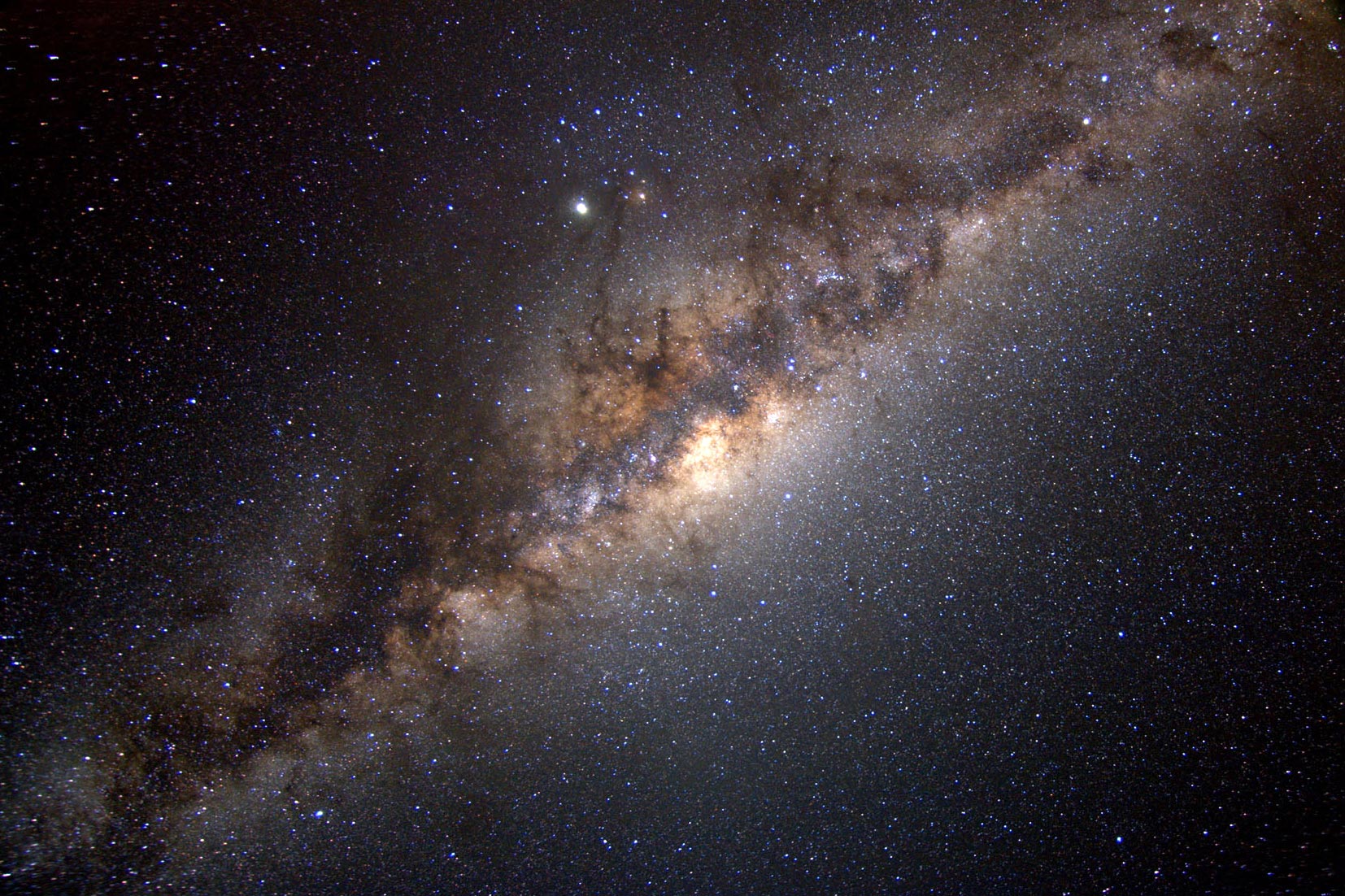Milky Way may be bigger than thought, research shows
Astronomers have discovered that our galaxy may be bigger than we first thought. A new model of the Milky Way has revealed that our galaxy is wider than we thought, according to a new paper in the journal Natural astronomy. The researchers found that the bulge at the center of our galaxy is less densely … Read more
